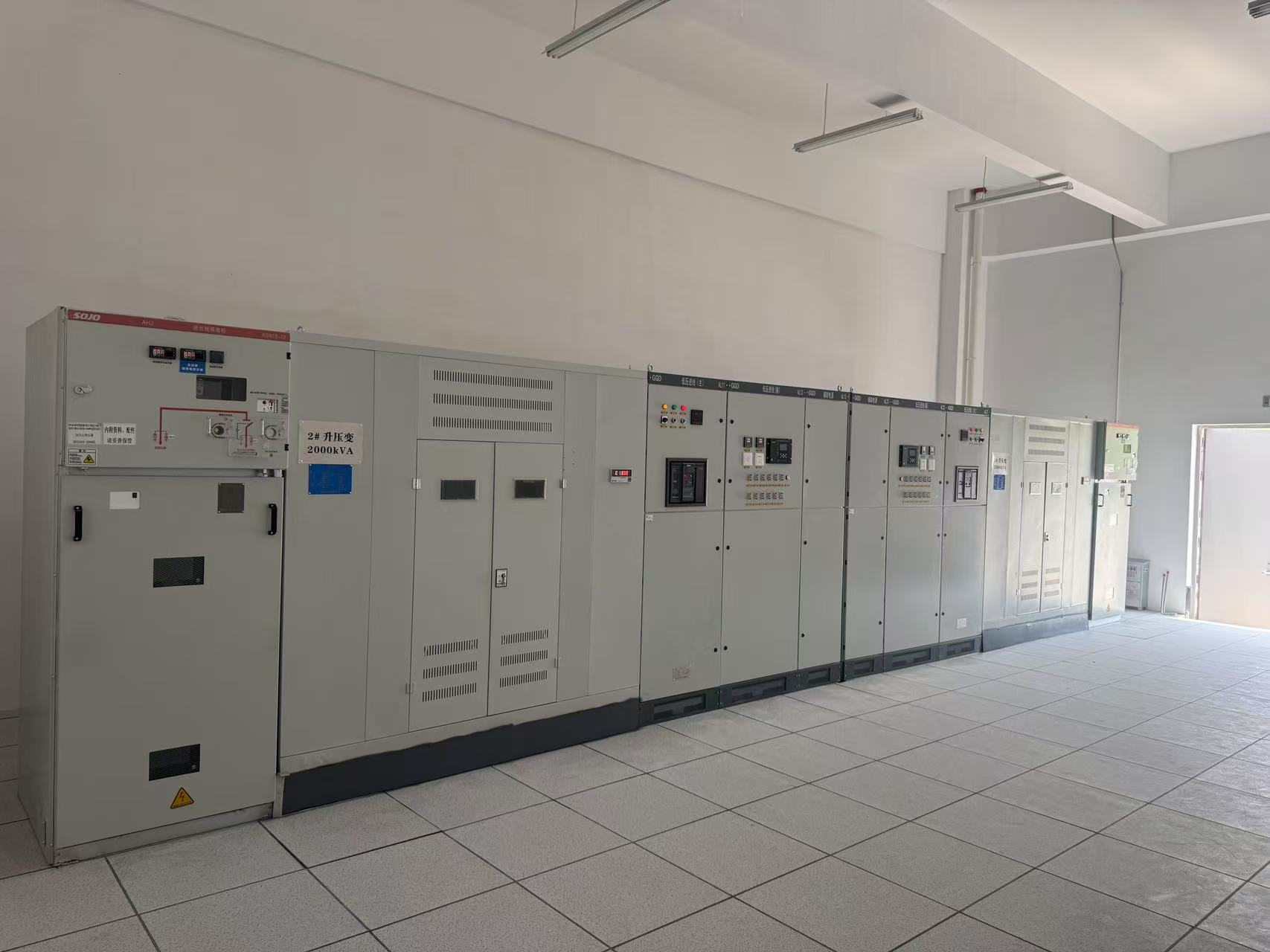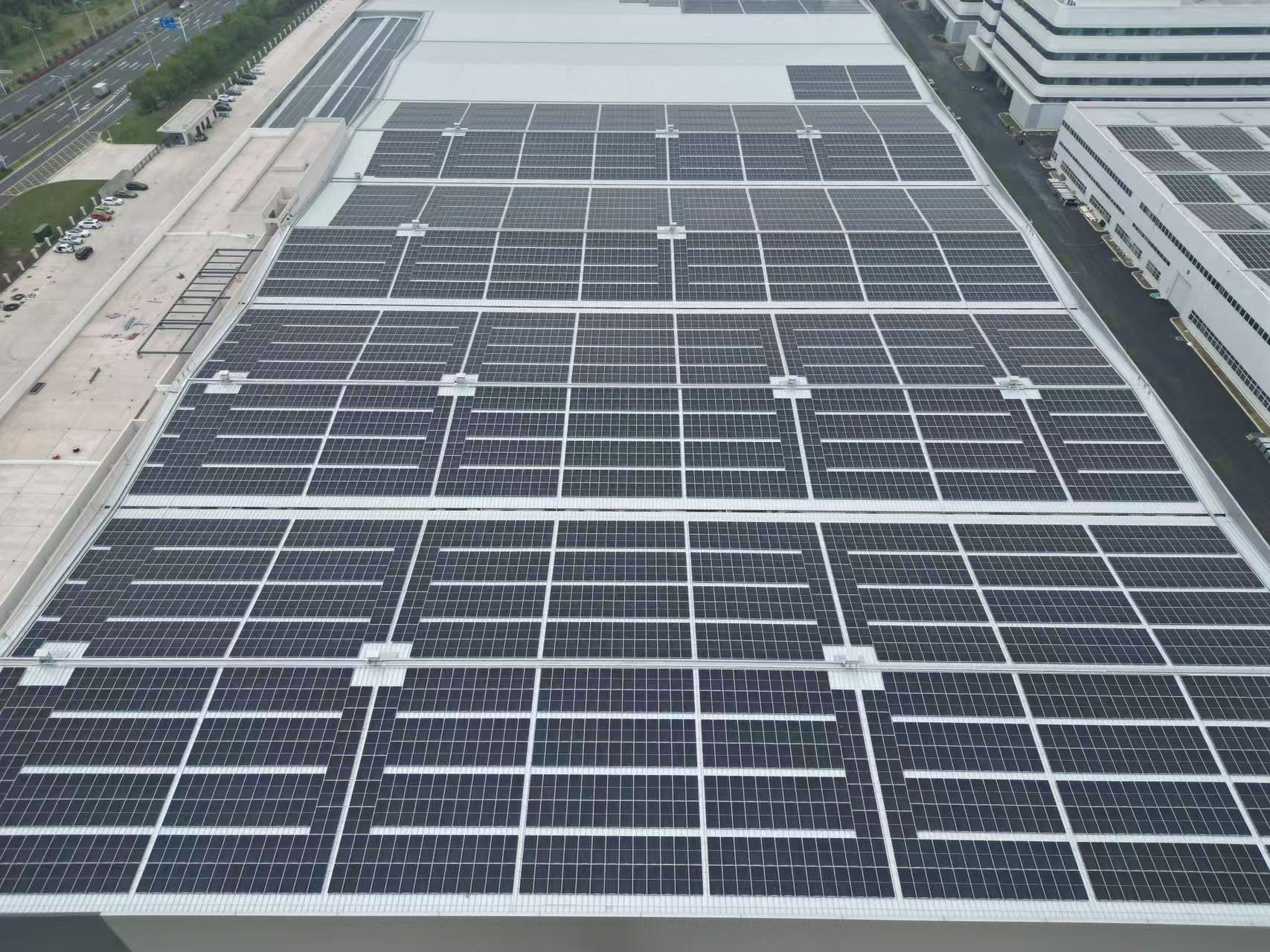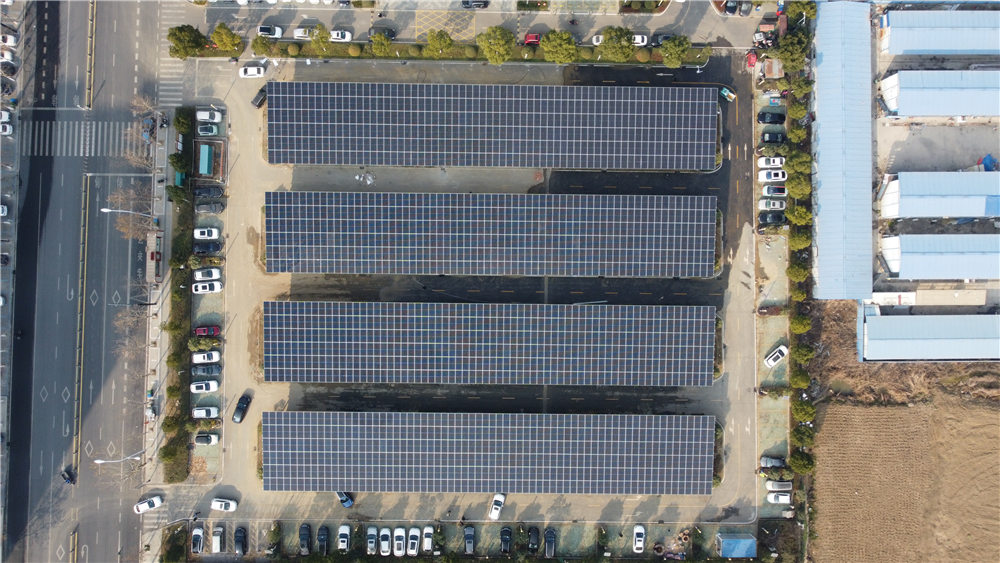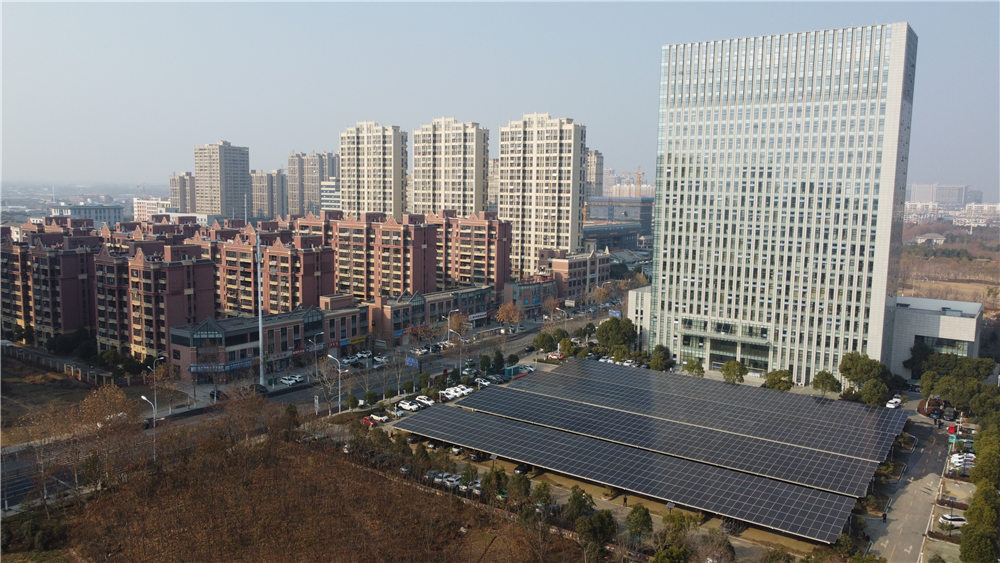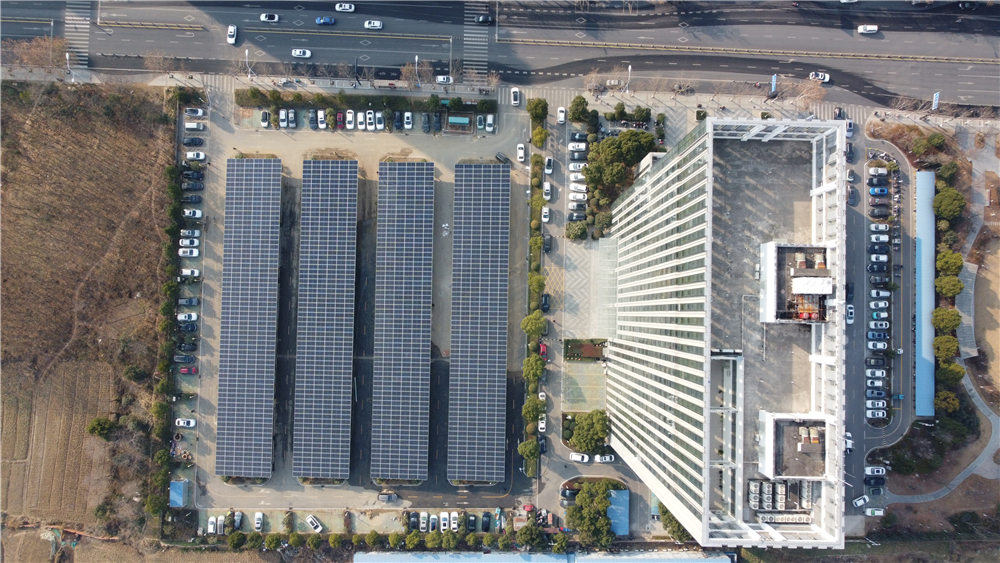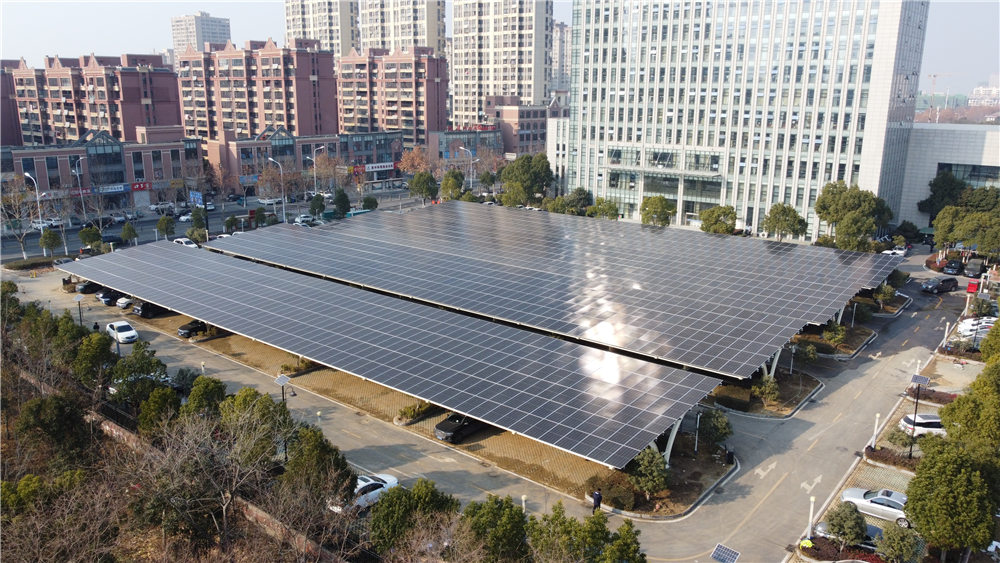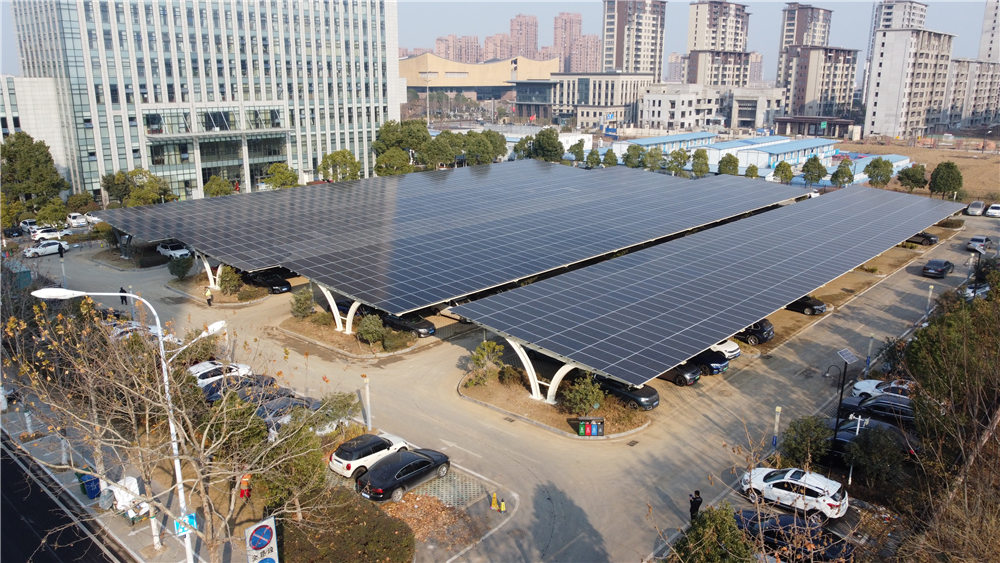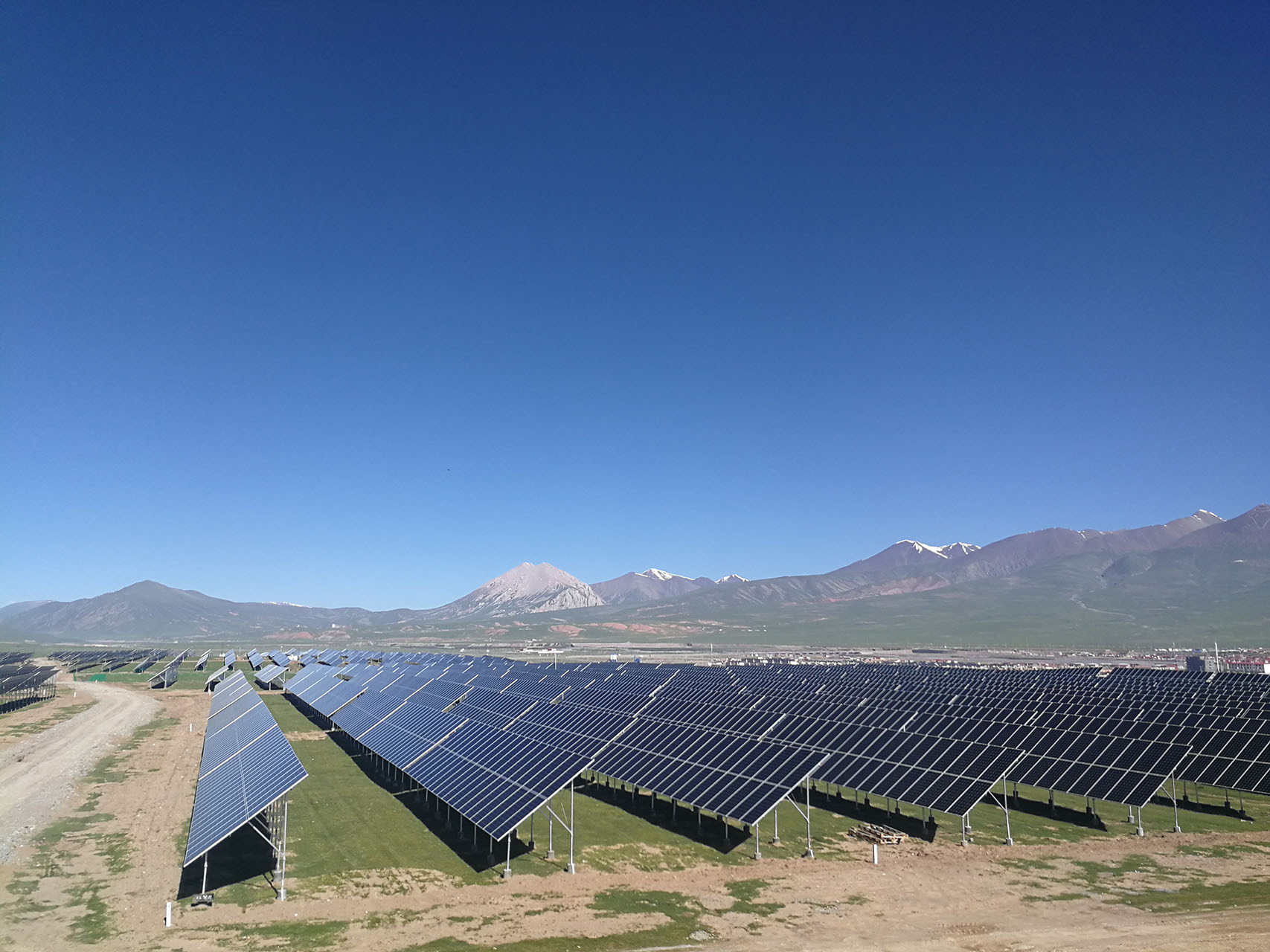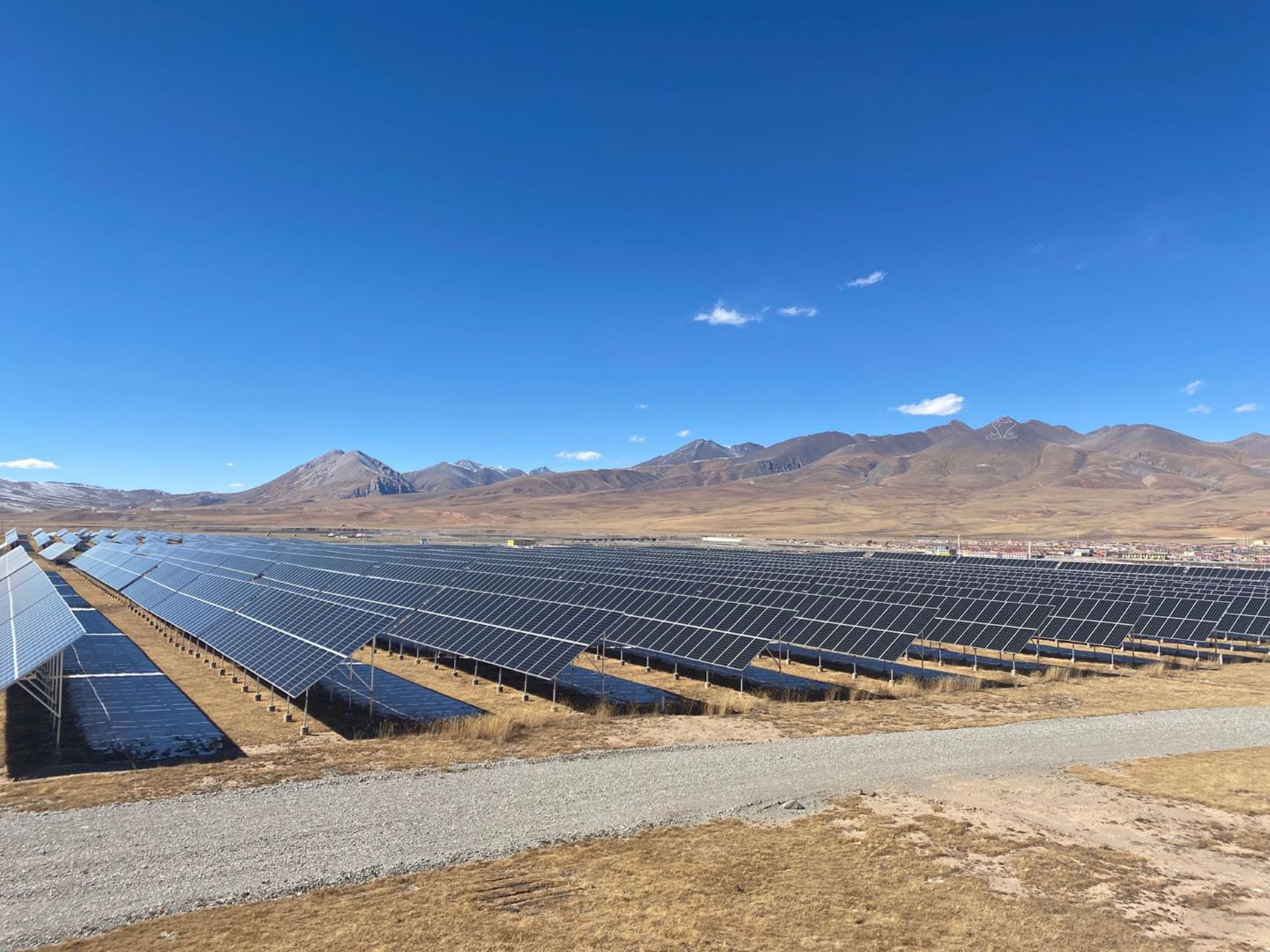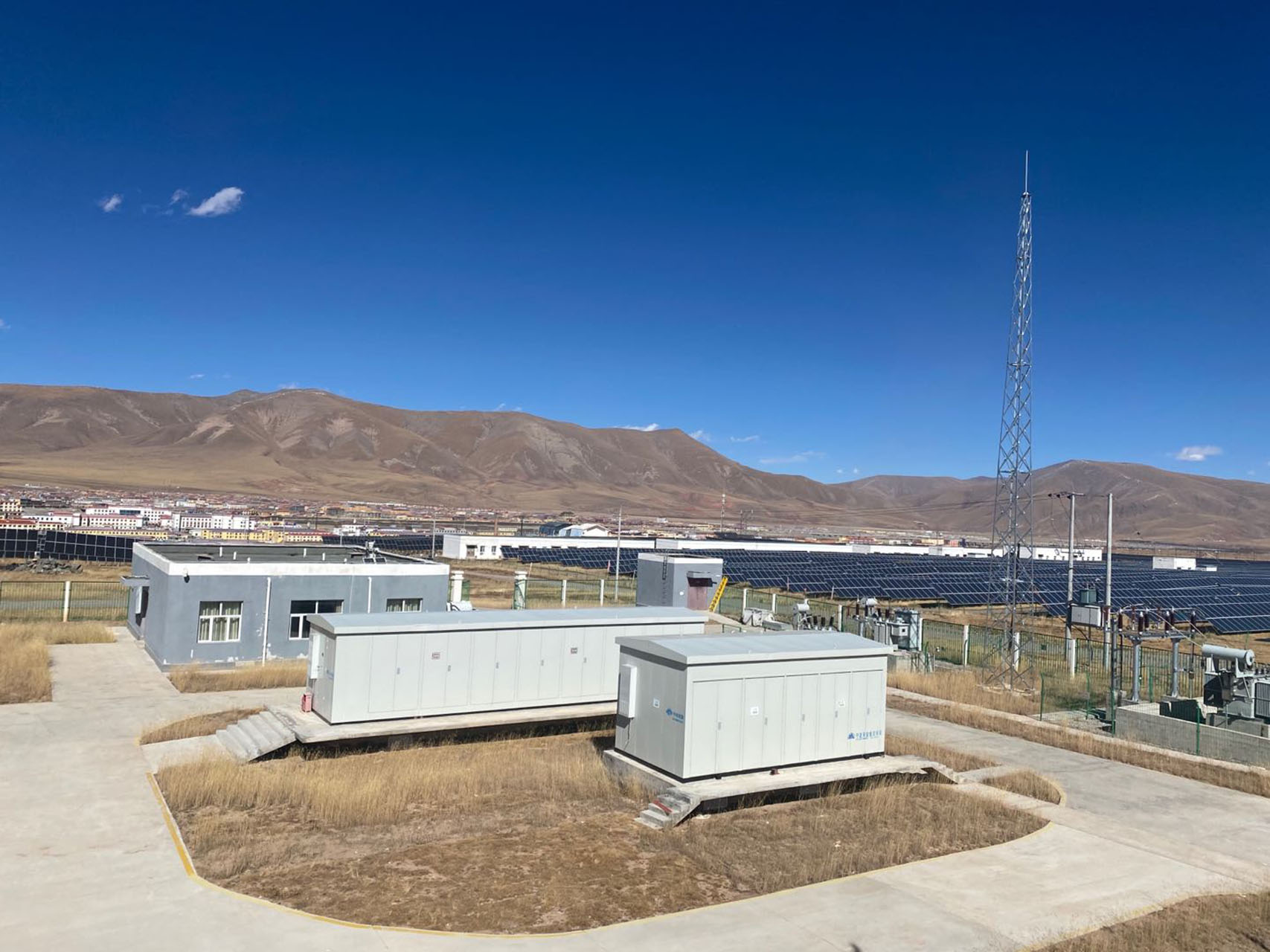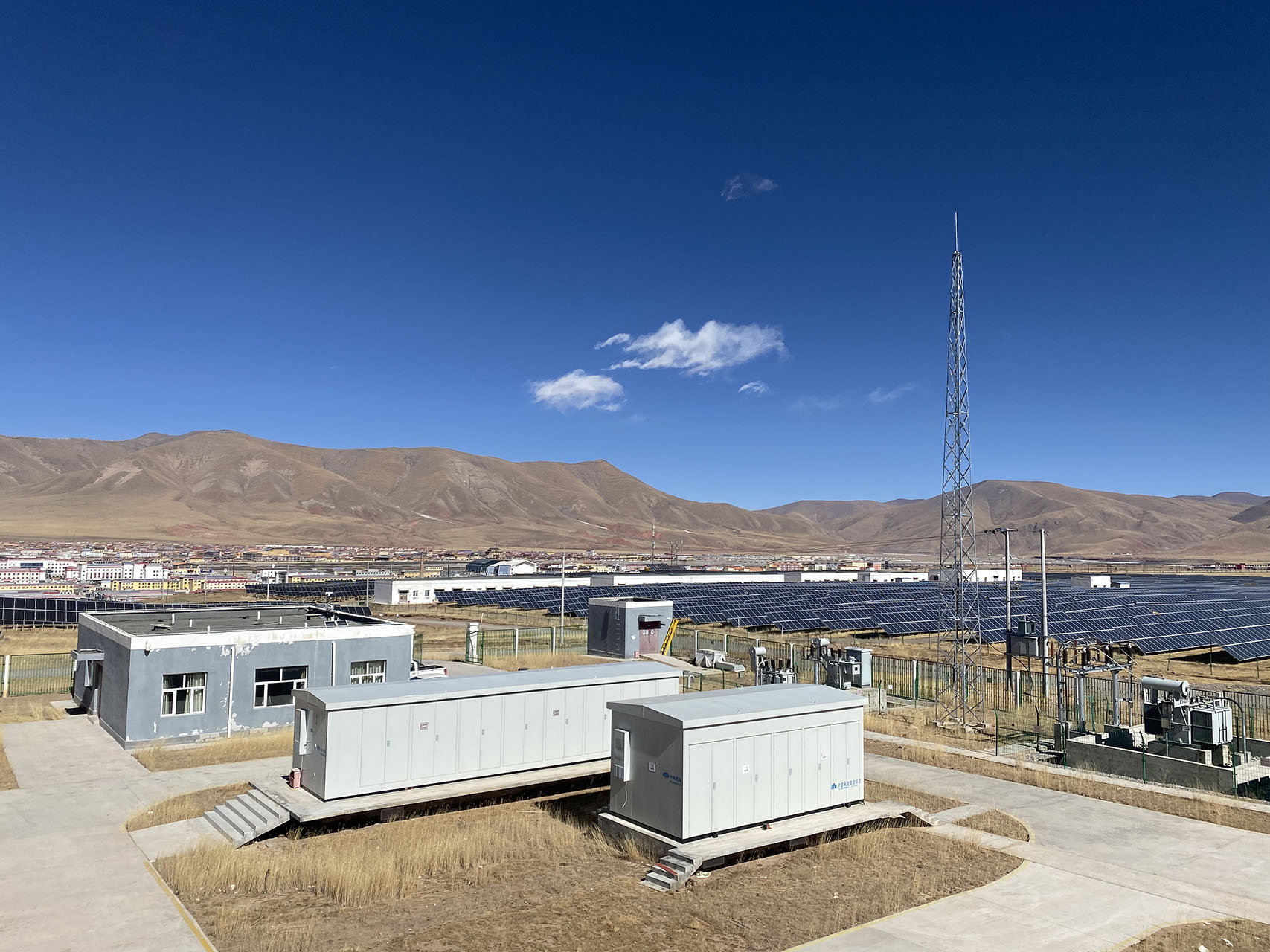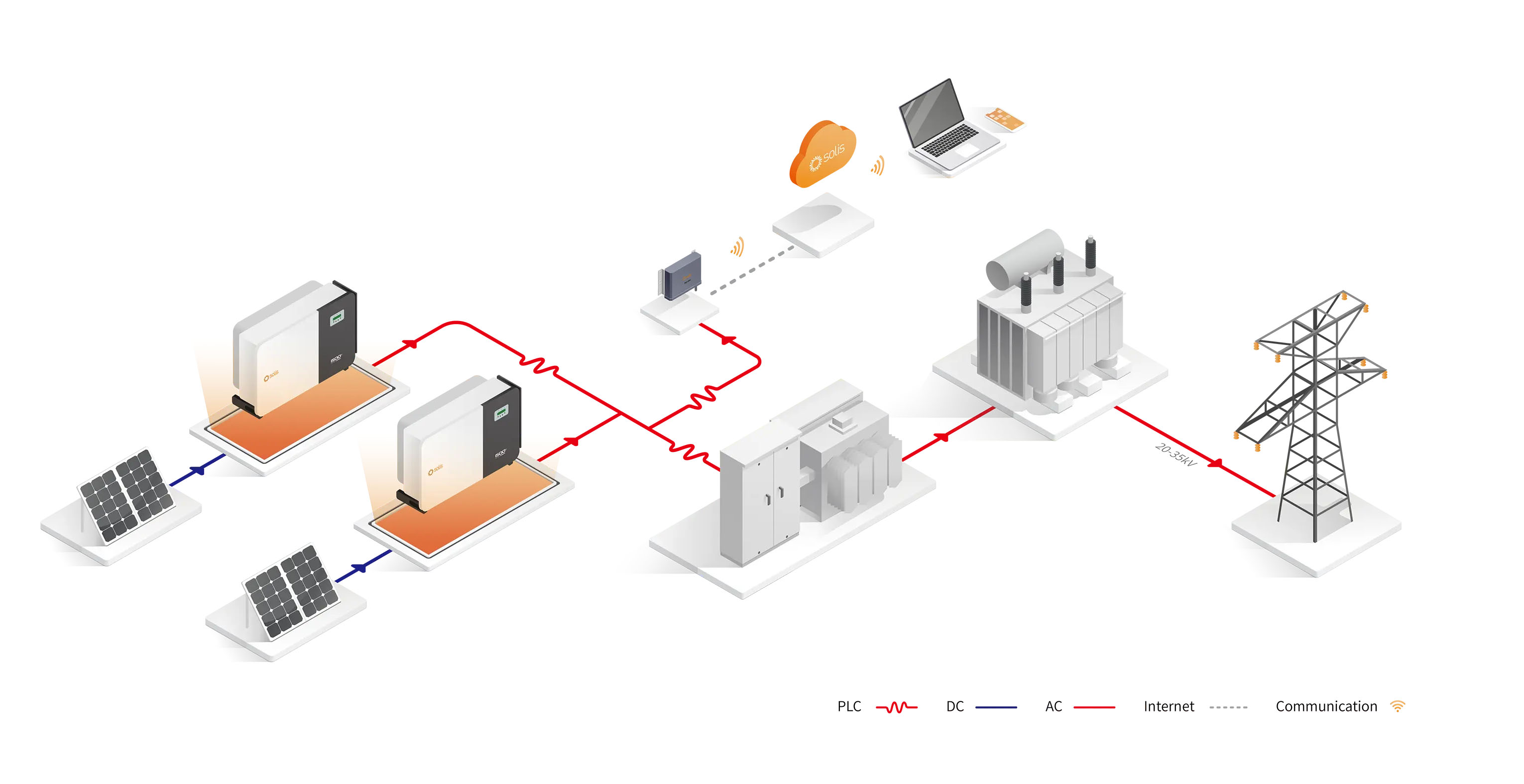
Powering Progress: The Advantages and Versatile Applications of SUNROVER Grid-Connected Photovoltaic Systems
The Core Advantage of Grid-Connected Systems
A grid-connected PV system is designed to operate in parallel with the public electricity grid. Its fundamental principle is simple: generate DC power from sunlight, convert it to AC power via an inverter, and use it to power the property. Any surplus energy is exported to the grid, while power is drawn from the grid when solar generation is insufficient.
The advantages of this setup are compelling:
• Significant Reduction in Electricity Bills: The primary driver for most clients. By generating their own power, users drastically cut their reliance on utility power, leading to substantial savings.
• Return on Investment through Feed-in Tariffs: In many regions, utilities are obligated to purchase surplus solar electricity at a premium rate. This turns the system into a revenue-generating asset, accelerating the payback period.
• Simplicity and Low Maintenance: With no need for battery banks, grid-tied systems have fewer components, resulting in lower initial costs, simpler installation, and minimal maintenance over the system's 25+ year lifespan.
• Environmental Impact: By displacing fossil-fuel-generated grid electricity, every kilowatt-hour produced directly reduces the user's carbon footprint.
• Scalability and Reliability: The system can be designed to meet specific energy needs and relies on the grid as a boundless "battery," ensuring uninterrupted power supply day and night.
However, it is crucial to acknowledge the key limitation: a standard grid-tied system does not provide backup power. During a grid outage, for safety reasons (to prevent feeding electricity into the grid and endangering utility workers), the system automatically shuts down.
SUNROVER in Action: Three Case Studies Showcasing Unmatched Versatility
SUNROVER's expertise is not confined to a single market segment. The following real-world projects demonstrate our capability to engineer optimal solutions for any scale.
Case Study 1: 3.946MW Distributed Rooftop PV System (Commercial & Industrial)
This project is a quintessential example of a commercial and industrial (C&I) application, turning unused rooftop space into a power generator.
Components:
Panels: SUNROVER 690W N-type solar panels, 5719pcs.
Inverters: HUAWEI 250KW / 300KW grid-connected inverters, 16pcs.
Analysis: This large-scale distributed system allows the business to offset a massive portion of its daytime energy consumption. The high-efficiency N-type panels ensure maximum energy harvest from the limited rooftop area. The financial savings on electricity bills, combined with potential revenue from surplus energy, make this a strategic investment that improves the company's bottom line while bolstering its green credentials.
Case Study 2: 50.5MW Large-Scale Ground-Mounted System (Utility-Scale)
Located on the Qinghai-Tibet Plateau, this project highlights SUNROVER's capability in utility-scale power generation.
Components:
Panels: SUNROVER 700W N-type solar panels, 72143pcs.
Inverters: Solis 300KW grid-connected inverters, 169pcs.
Analysis: The high-altitude location offers exceptional solar irradiance. The use of ultra-high-power 700W N-type panels is critical for maximizing land use efficiency and reducing balance-of-system costs. This project functions as a small power plant, feeding all its generated electricity directly into the grid to support regional clean energy targets. It demonstrates SUNROVER's proficiency in managing the complex logistics and engineering of mega-projects.
Case Study 3: 863.28KW Ground-Mounted Carport System (Community/Commercial)
This project showcases a dual-purpose application: providing shade for vehicles while generating clean electricity.
Components:
Panels: SUNROVER 545W solar panels,1584 pcs.
Inverter: Solis 50KW grid-tied inverter, 18 pcs.
Analysis: Solar carports are an increasingly popular solution for corporate campuses, shopping malls, and public facilities. They offer a tangible sustainability feature, protect vehicles from the elements, and generate power to offset the facility's energy load. The calculated number of inverters indicates a distributed inverter layout, which is optimal for managing shading variations across the carport.
Choosing the Right Application Scenario
The diversity of these case studies underscores the wide applicability of SUNROVER grid-connected systems:
• Residential Rooftops: For homeowners seeking energy independence and lower bills.
• Commercial & Industrial Rooftops (like Case Study 1): Ideal for factories, warehouses, and supermarkets with large, unused roof space and high daytime energy demand.
• Solar Carports (like Case Study 3): Perfect for businesses and institutions wanting to enhance property value and customer/employee experience.
• Utility-Scale Ground Mounts (like Case Study 2): The backbone of national renewable energy strategies, developed on open land to supply power to the grid.
Conclusion: A Trusted Partner for Every Solar Need
SUNROVER's portfolio, evidenced by these three distinct projects, proves a singular, powerful point: we possess the technology, experience, and engineering prowess to serve the entire spectrum of the solar market. From a modest 50KW carport to a monumental 50MW power plant, our philosophy remains the same: to provide clients with a reliable, high-performance, and financially sound grid-connected system tailored to their unique environment and energy profile. While the grid-tied system is a perfect fit for most scenarios seeking maximum economic return, SUNROVER also offers hybrid and energy storage solutions for those requiring backup power. By choosing SUNROVER, clients are not just installing solar panels; they are partnering with a dedicated expert committed to powering their progress with the sun.


